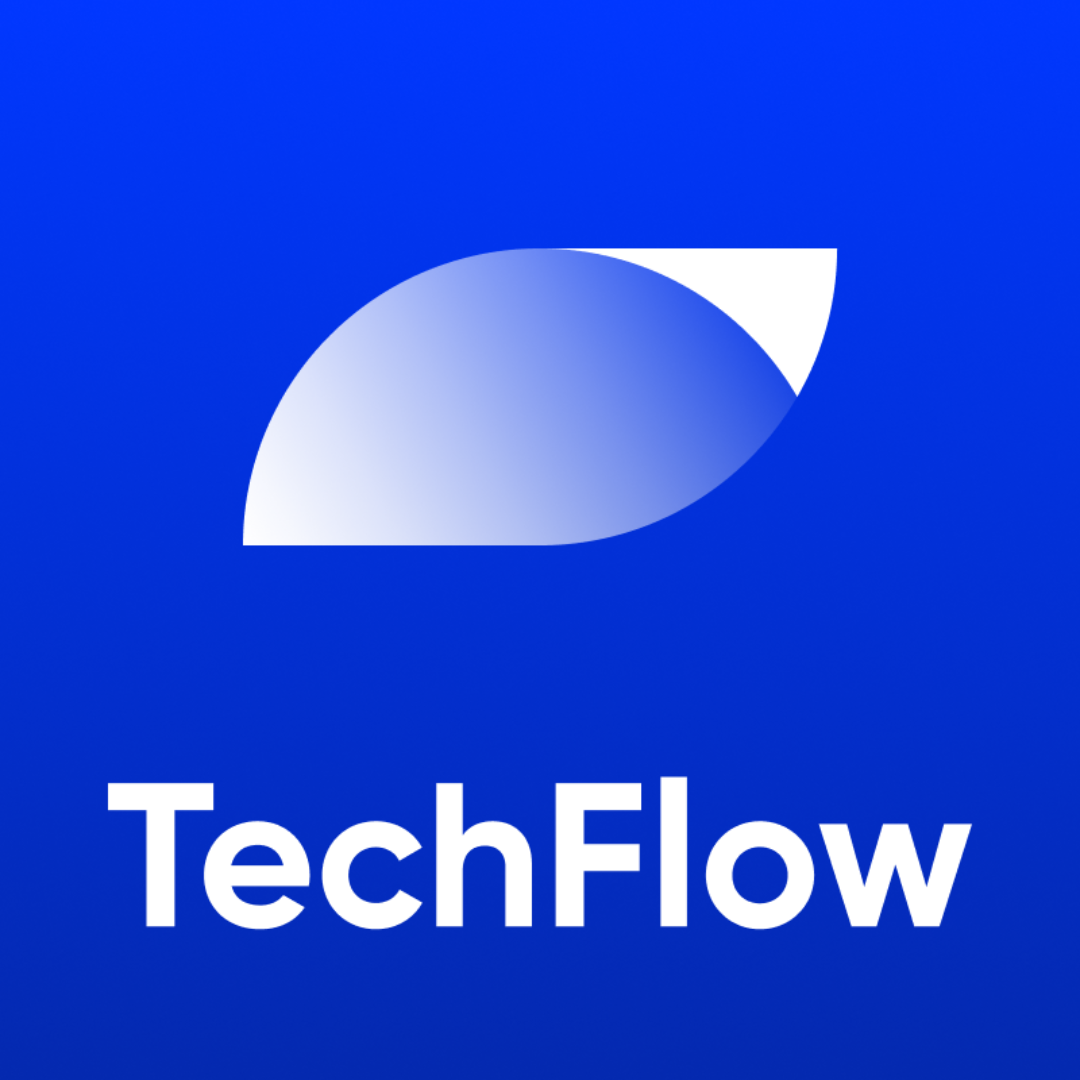详解Asteroid:Cosmos Hub开源铭文新协议,能否盘活整个生态的流动性?
Original author: Shenchao TechFlow
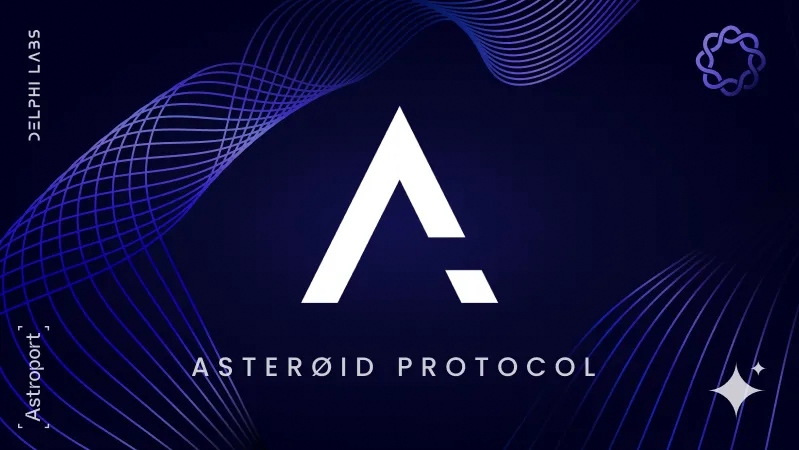
The landscape of the inscription market continues to change.
On January 17, Dephi Labs, a subsidiary of Dephi Digital, announced on its Twitter a project co-founded in partnership with the Astroport Foundation: Asteroid Portocol.
The protocol is designed to allow anyone to publish content directly to the Cosmos Hub blockchain where it will exist forever.
Currently, the protocol fully includes the Asteroid indexer, block explorer, API, Cosmos Fungible Token (CFT-20) token specification, token deployer and minting tools, and front-end/back-end software.
Users can also directlyOfficial websitePerform inscription-related operations on it.
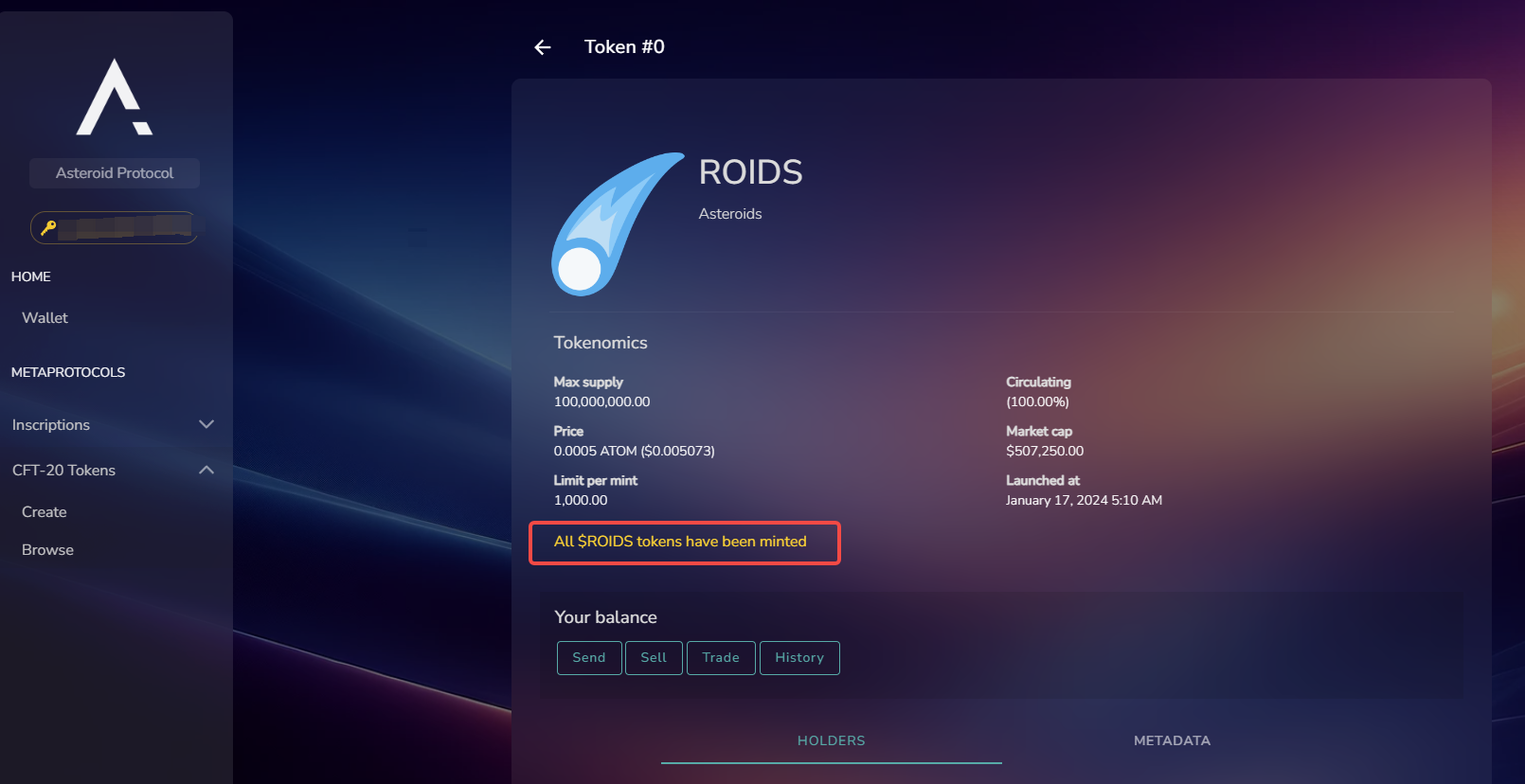
However, it is worth mentioning that Asteroid did not promote it in a big way, but chose to launch silently. But the market with a keen sense of smell still caught the opportunity. The first official inscription on Asteroid, RODIS, was completed by Lightspeed Mint shortly after the platform was launched. Degens who were belatedly started to play other inscriptions on Asteriod.
At the same time, according to a tweeter, the developer of the protocol stated that RODIS will start trading on the platform within the next 4 hours, which will surely trigger a wave of inscriptions about the Cosmos Hub.
In the Dephi Labs blog they wrote:
“We believe that Cosmos Hub is likely the second best blockchain inscription in cryptocurrencies – only behind Bitcoin”.
Why Cosoms Hub?
Dephi Labs believes that although Cosmos Hub is the largest Cosmos blockchain by market value, it does not have native support for smart contracts, NFTs or fungible tokens by design.
In reality, it is a powerful global computer capable of processing thousands of transactions per second, but it is essentially on standby.
In addition, Dephi Labs also believes that Cosmos Hub has the potential to become the database of record for any project in Cosmos and beyond. By permanently writing data there, it can compete not only with other Cosmos chains, but also with Filecoin, IPFS, and Arweave — and should provide validators with generous rewards in the process.
Therefore, a good way to get Cosmos Hub moving is to introduce the native inscription protocol.
The emergence of Asteroid has given Cosmos Hub better capabilities, including but not limited to:
Introducing new features on Cosmos Hub without affecting the chain’s core value proposition
Dramatically expand the scope of possibilities for Cosmos Hub, bringing more transactions, users and visibility to it
Create new revenue streams for Cosmos Hub validators and ATOM stakers
Revitalize and restructure the Cosmos Hub community
Expand the Cosmos Hub development community by making it easier to integrate blockchain data into web2 applications
How to use Asteroid
Asteroid Protocol provides a universal meta-protocol framework for Cosmos that records its content in a structured format for indexing and use off-chain.
The current implementation method is to fill in the URN (Uniform Resource Name) in the transaction memo and record any other content required by the meta-protocol in the non_ritic_extension_options (NCXO) field of the Cosmos SDK blockchain.
This method allows arbitrary data up to about 550 kb (theoretically up to 800 kb) to be recorded on the Cosmos Hub, with no restrictions on the content of the data, so in theory anyone can use it to build a wide variety of data and chains on the agreement.
Some possible ideas include social networks, blogging platforms, forums, and encrypted chats. Currently, the two key types of Asteroid protocols officially defined by the project are:
Arbitrary content inscription specification: Through this type, users can publish almost any type of data that the browser can display directly on the Hub, from JPG to video, text to JSON, HTML and even games...
Cosmos Divisible Tokens (CFT-20) Specification: A method for deploying, minting, and transferring divisible tokens on the Cosmos Hub.
$ROIDS is the first CFT-20 token launched, with a total amount of 100 million. Each person can mint up to 1,000 tokens in a single transaction. The following are the official minting steps:
access asteroidprotocol.io And connect the Keplr wallet,
Click Browse under CFT-20 Tokens,
choose ROIDS , and then start casting.
But as mentioned before, ROIDS has been cast. Players currently have two options: create new inscriptions themselves, or browse other inscriptions from the current market for casting.
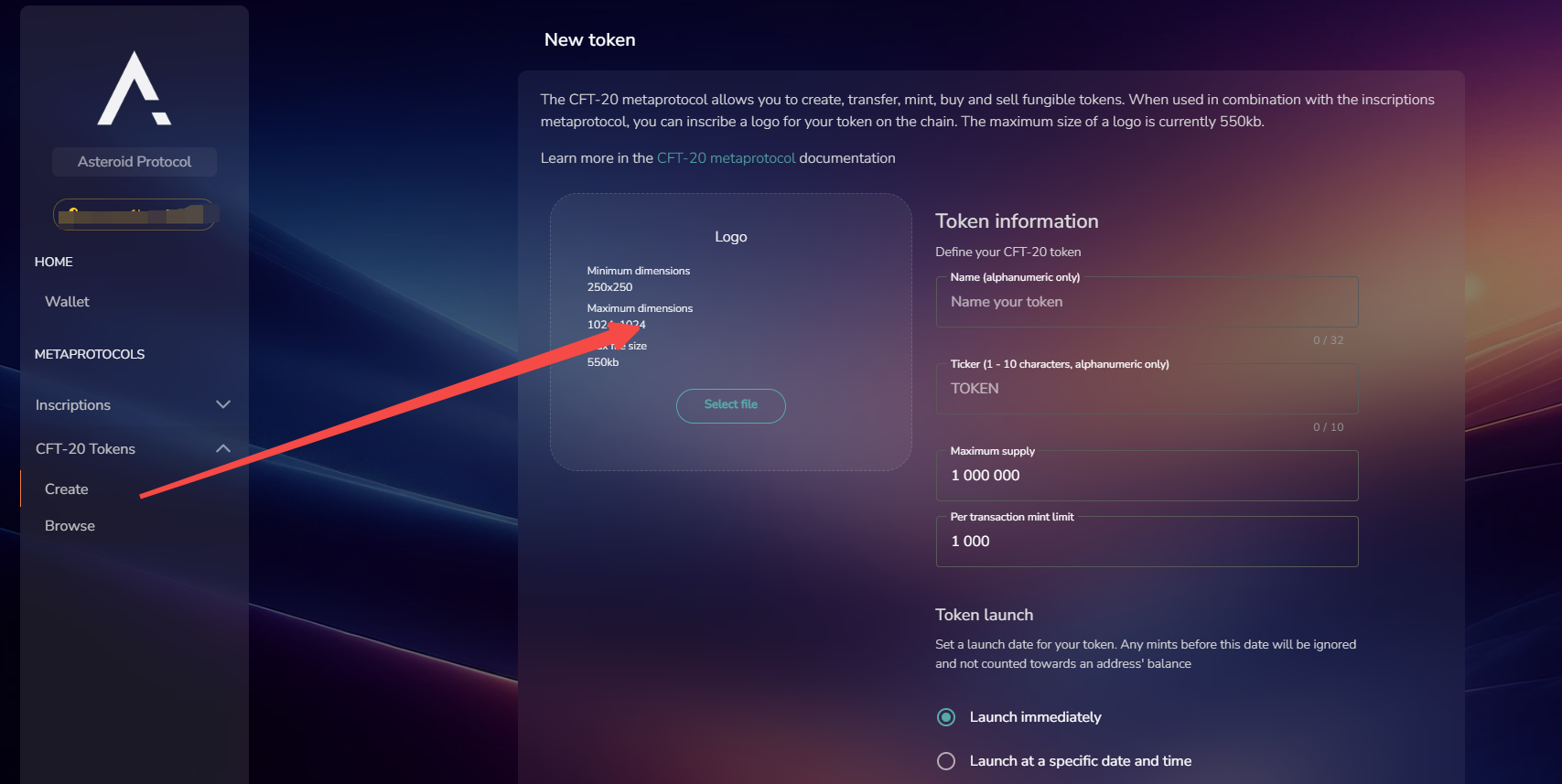
As shown in the picture above, Asteroid provides a very simple interface for players to cast themselves. They only need to upload images and simply define the inscription to create inscriptions. It does not require much technical support.
However, when actually facing Inscribing or casting, there is often an embarrassing situation where the web page cannot be opened. So, after understanding the structure of URN, we have another casting option:
Transfer 0.000001 atom to your own address, because recording data on Cosmos Hub requires on-chain transactions. To prevent minting failures, Asteroid has also raised the minimum gas level by 40%, and these fees will be directly awarded to Hub’s validators and ATOM stakers.
Fill in memo: urn:cft 20:cosmoshub-4 @v1; mint$tic=ROIDS, amt= 1000000000. (Take $ROIDS as an example)
As can be seen from the browsing function, various copycat inscriptions have also started a new round of land staking. Frequent inscriptions named BONK/DOGE/LUNA have once again changed their ecology. Players can also check the right side of the interface at any time. Percentage data to observe which inscriptions are relatively popular.
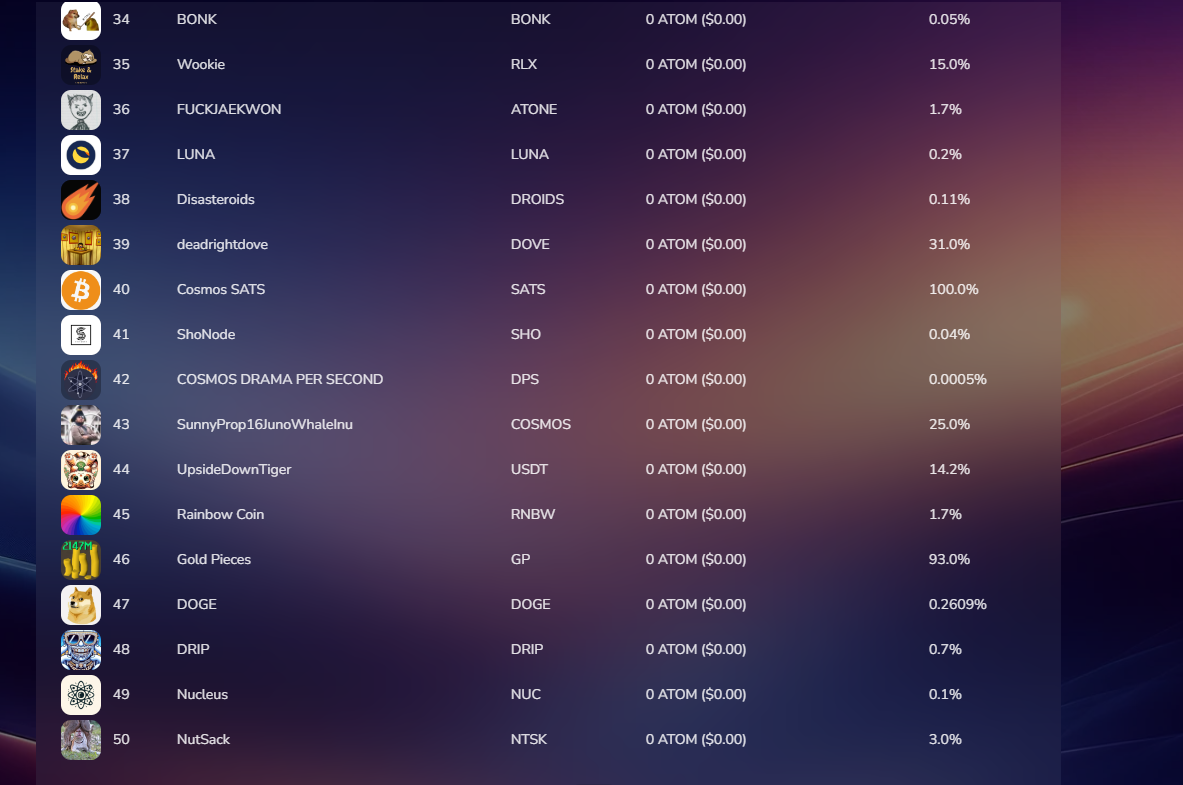
However, it should be noted that there is currently no price for all of these inscriptions.
As part of the experiment, Asteroid has also drafted plans for a cross-chain bridge that will allow users to transfer CFT-20 tokens to IBC-enabled smart contract chains so that people can deploy LP on Astroport, which will undoubtedly create opportunities for the expansion of liquidity. If the conditions are met, perhaps the various chains associated with Cosmos will be affected by the Asteroid inscription market in the future.
However, the project team has not yet put the plan into practice, and there is no guarantee that it will be launched.
Also, what is the cost of using Asteroid?
Under the current design, the listing and delisting fees are set to 0%. All market transactions are subject to a 2% swap fee, which is transferred to Terra via IBC and deposited into Astroports $xASTRO staking pool with each transaction.
Because Asteroids is open source, anyone can create their own OTC market through Asteroids and set their own fees.
Finally, it should be emphasized that the extensive inscription-based meta-protocol framework deployed on Cosmos Hub can be extended to almost any Cosmos SDK blockchain.
The inscription on Bitcoin ignited the fire, and the battle for other ecological inscriptions is still not over.
How the market will react remains to be seen.

